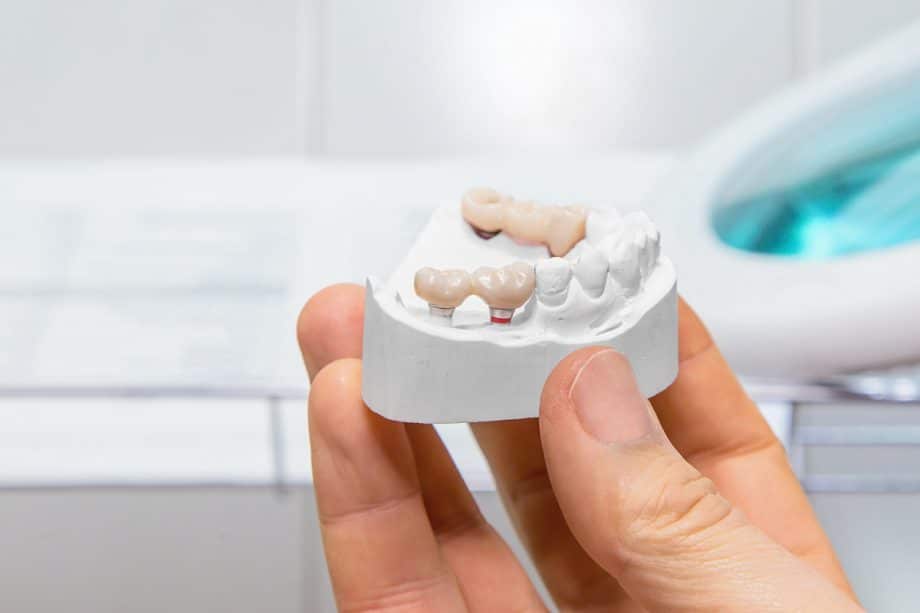120 million – that’s the growing number of Americans that are missing teeth.
There’s a solution a local dentist can offer that can literally close the gap. However, there are different types of bridges, and the traditional bridge may not work best for everyone.
How do you know if you’re a good candidate for a dental bridge? And how long do they take to settle so that your dental health starts to improve?
How to Know If You Need a Dental Bridge
Dental bridges are artificial teeth that fill the gap between one or more missing teeth. Gum disease, tooth decay, and injuries often result in missing teeth. Typically, anyone with missing teeth, or even just one tooth, will enquire about dental bridges. There are also instances where patients have a congenital condition where they are born with missing teeth.
Because all your teeth work together, missing teeth affect oral health in many ways. When teeth go missing, the other teeth try to occupy the space. If you notice problems chewing, biting, or pain in your teeth and jaw due to the extra stress of missing teeth, it’s time to consider how a dental bridge will help improve your dental health and overall smile.
Types of Dental Bridges and Time for Settling
After realizing a dental bridge is a good solution for your situation, you’ll want to research the types available. There are generally four types to choose from:
- Traditional fixed bridge – the most common type made of ceramics, metal, or porcelain fused to metal.
- Implant support bridge – similar to the traditional bridge, this type is held in place by implants rather than cemented in place.
- Cantilever bridge – the most common type for those who have teeth on only one side of the gap.
- Maryland bridge – also known as a resin-bonded bridge, this type has winds on each side of the bridge and is used for missing front teeth.
To determine the type of dental bridge you need, the dentist will take X-rays and impressions. Temporary crowns are typically used to provide protection while the bridge is made.
Once you receive your dental bridge, the look and feel of your teeth and mouth may seem different. However, this is just a temporary phase that many patients experience while trying to adjust.
The general timeframe it takes for a dental bridge to settle is two weeks. During this time, your teeth can feel extra sensitive to foods, drinks, and even toothpaste. Once adjusted to the dental bridge, patients who properly care for them and receive regular exams and cleanings will enjoy their bridge for years to come.
Learn More About Dental Bridges
Missing teeth affect more than just your smile. When you’re ready to close the gap with a dental bridge, it’s time to contact an experienced dentist. The staff at Howard Levitt DDS will explain the process, how long it takes for dental bridges to settle, and how they should fit.
Are you ready to restore your smile or readjust your bite? If so, contact us today or call 203-775-2225 to schedule your next appointment.
